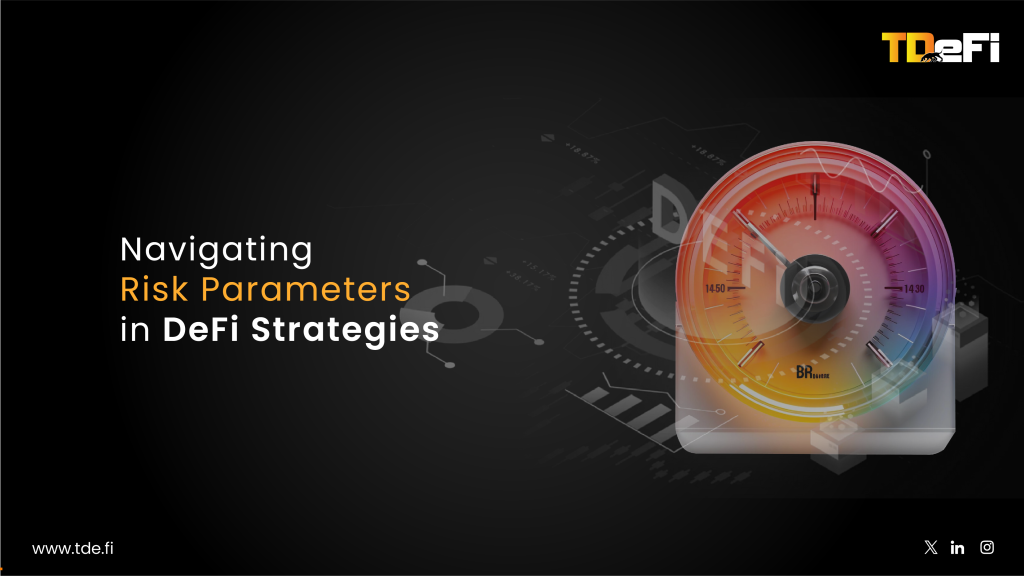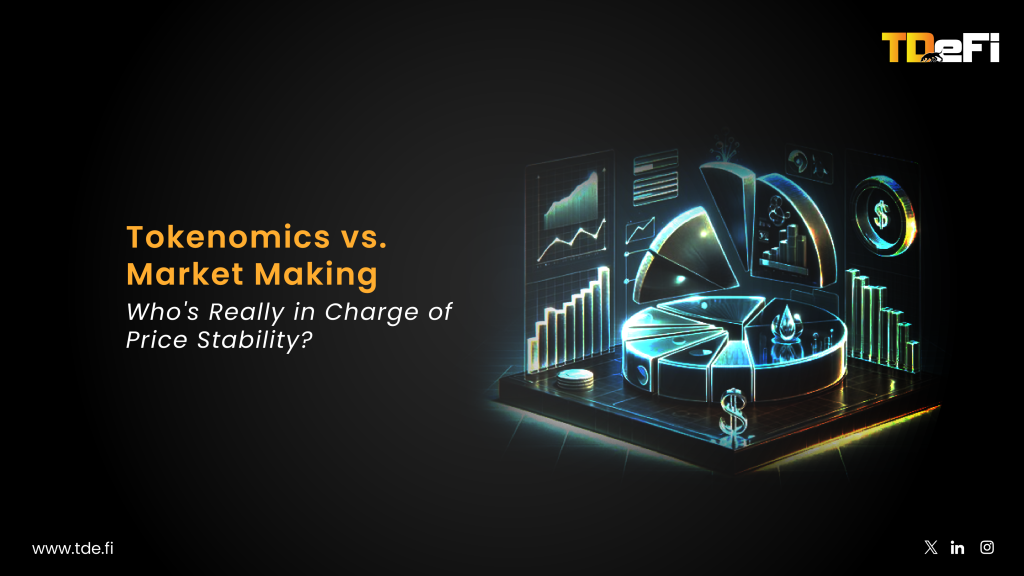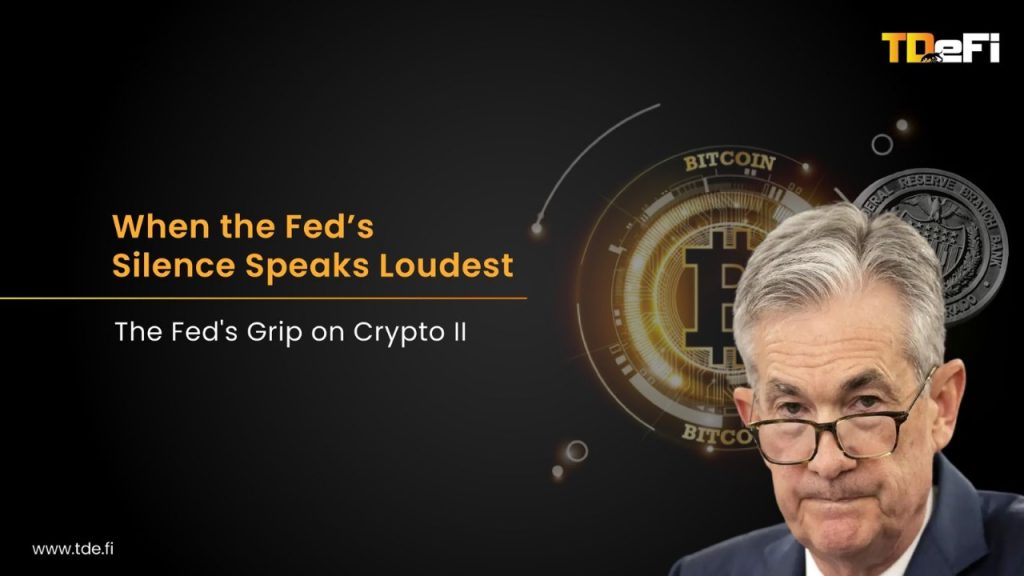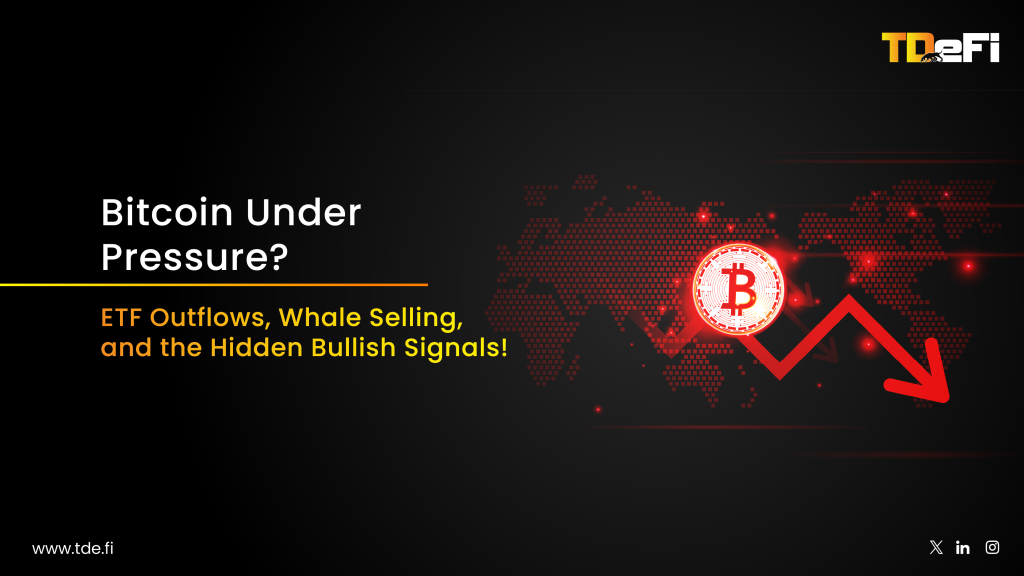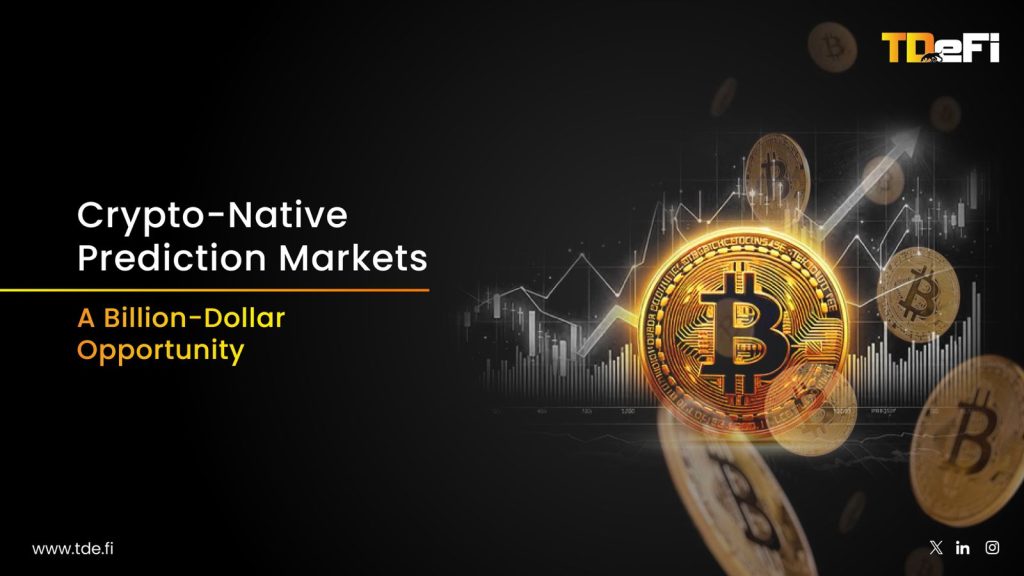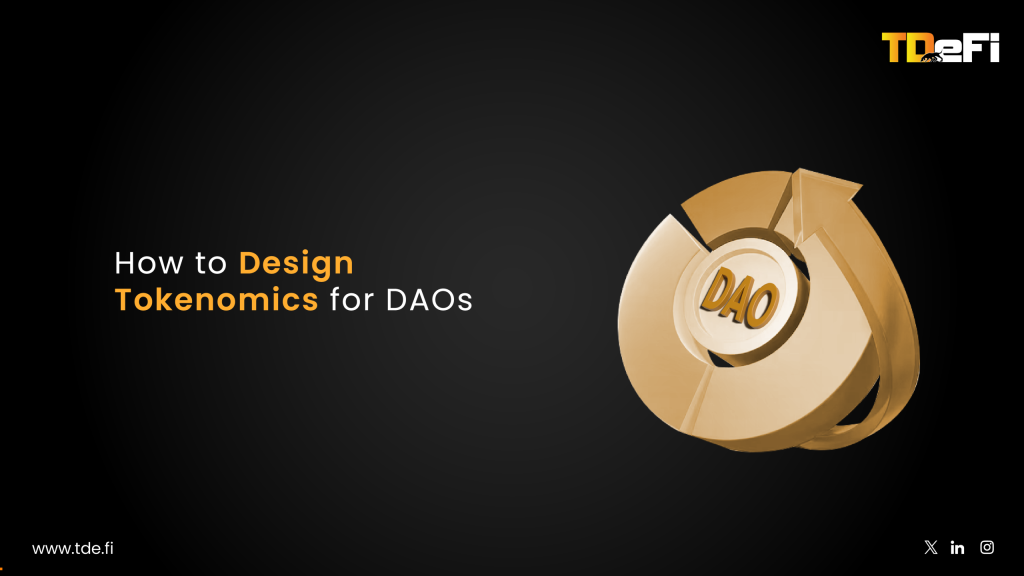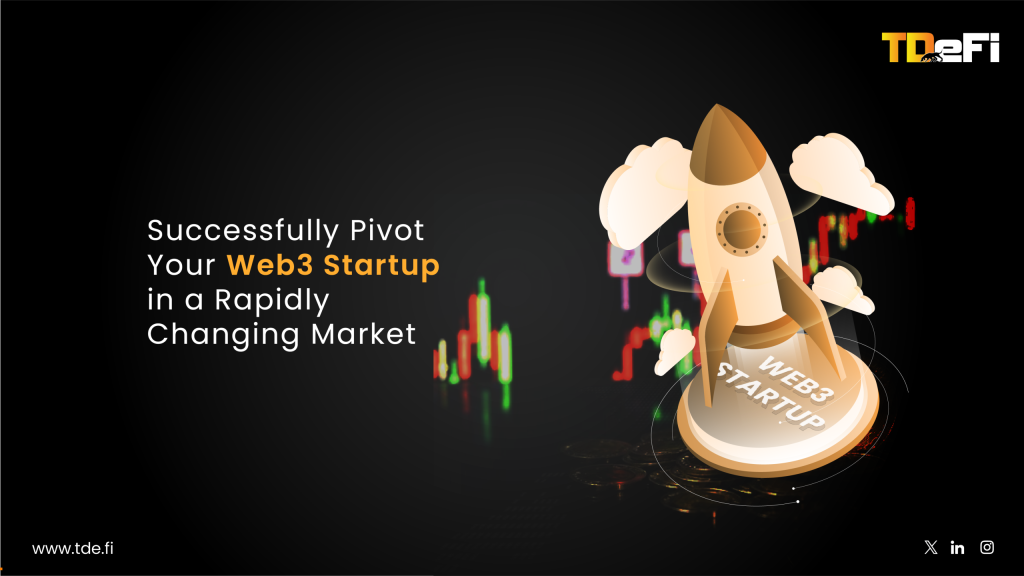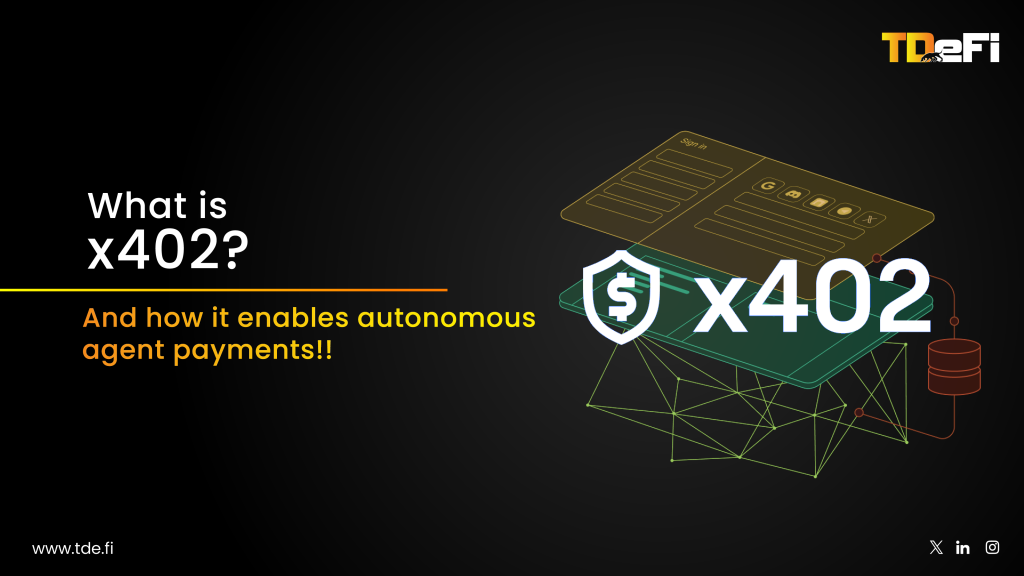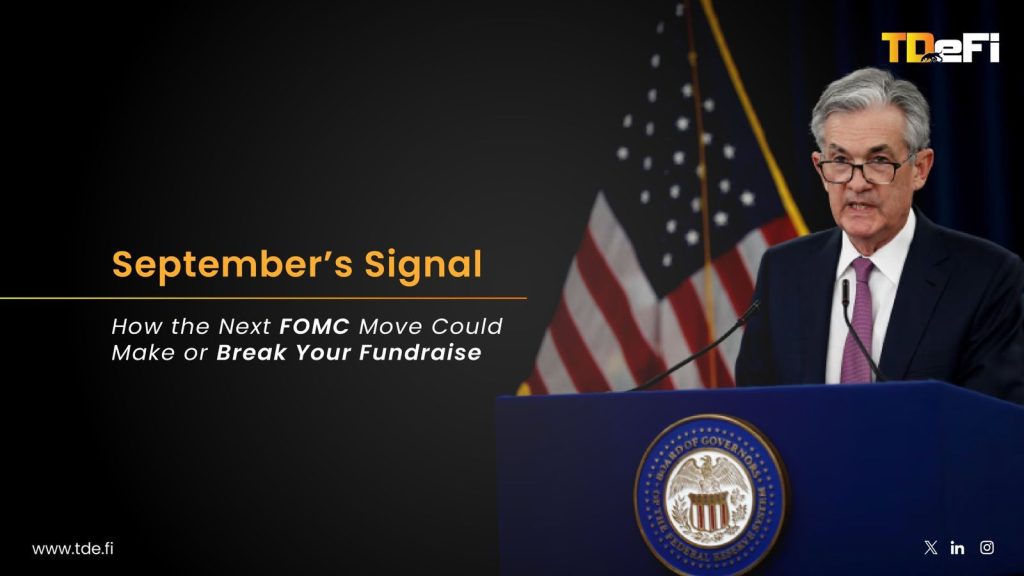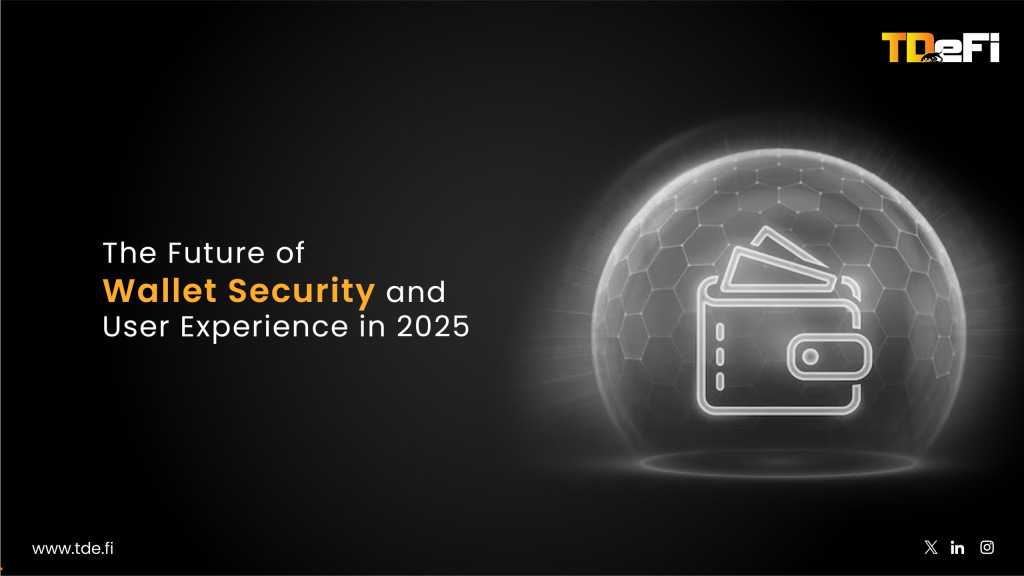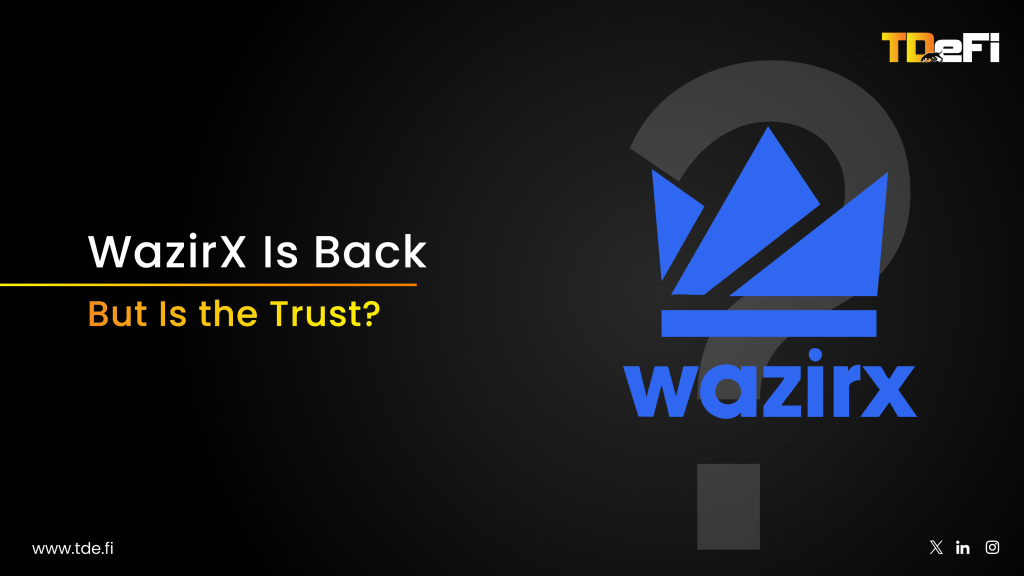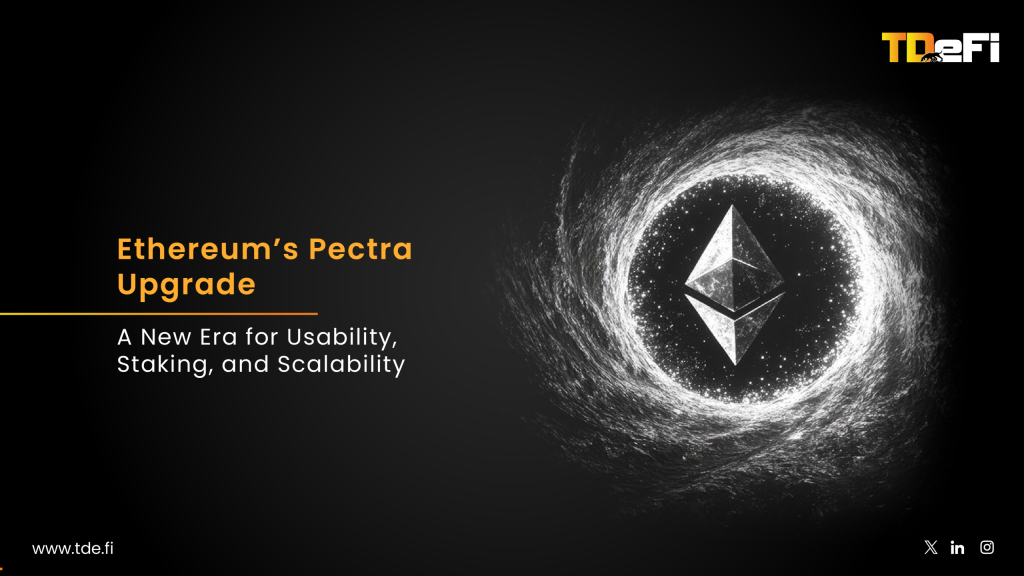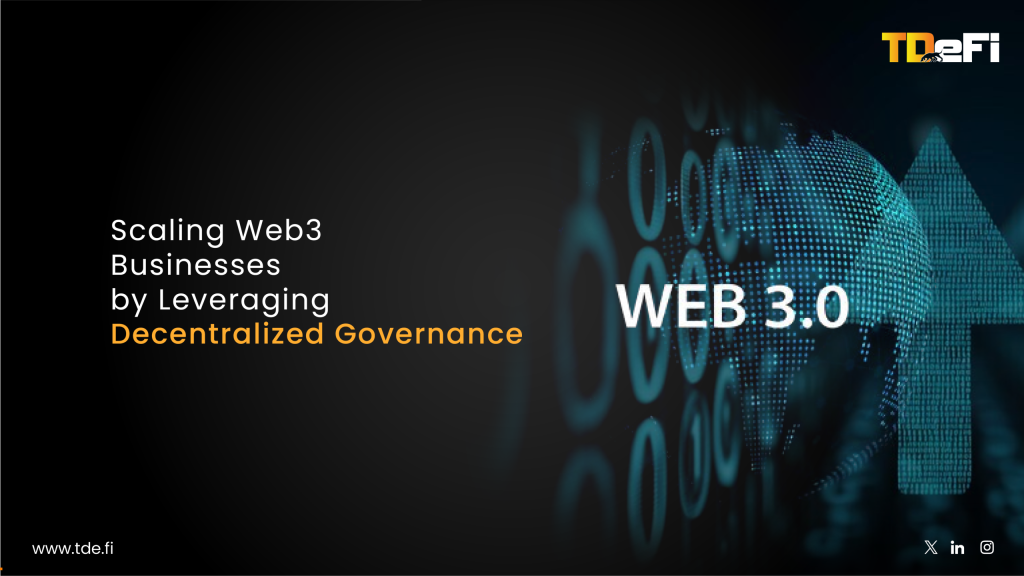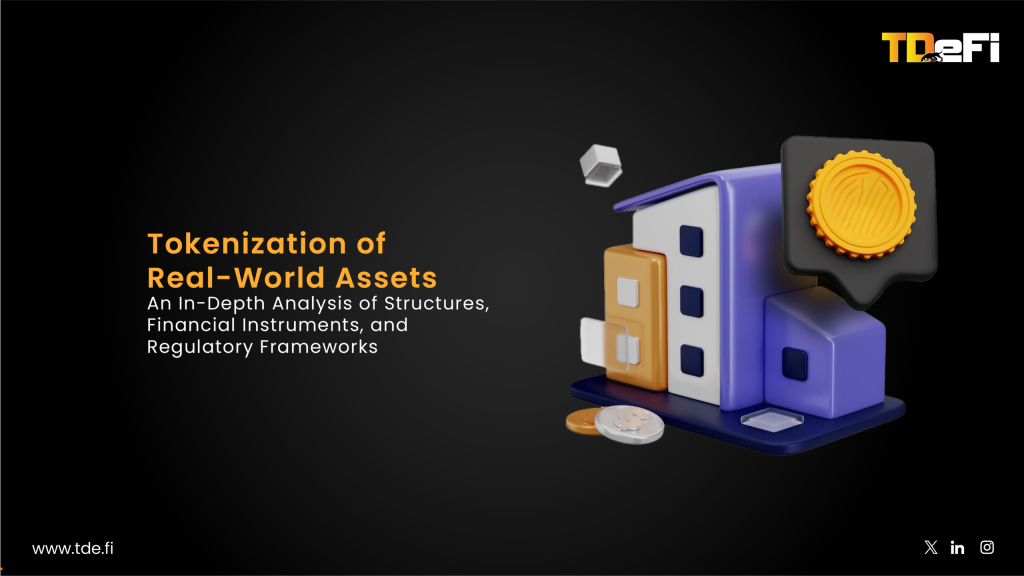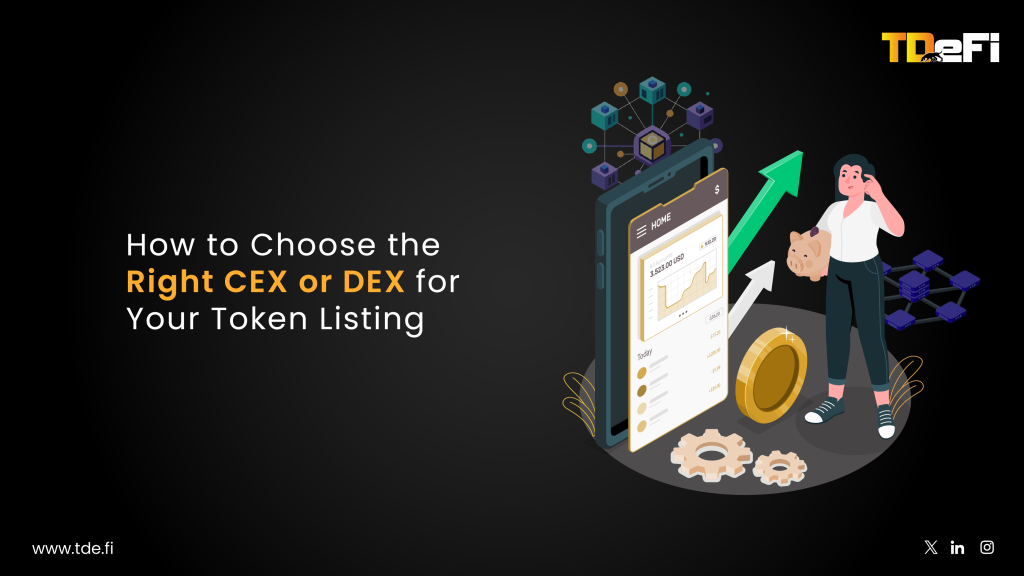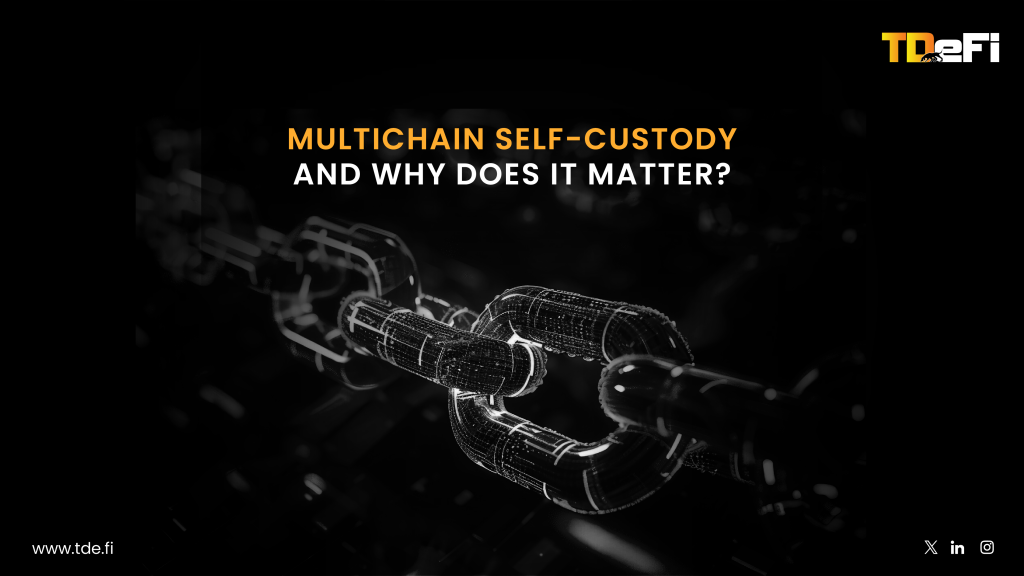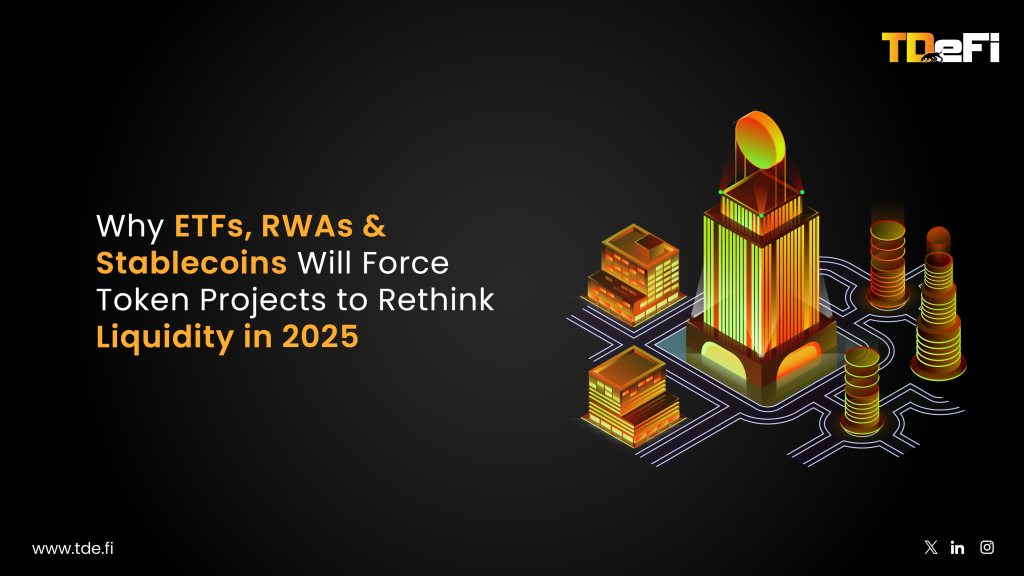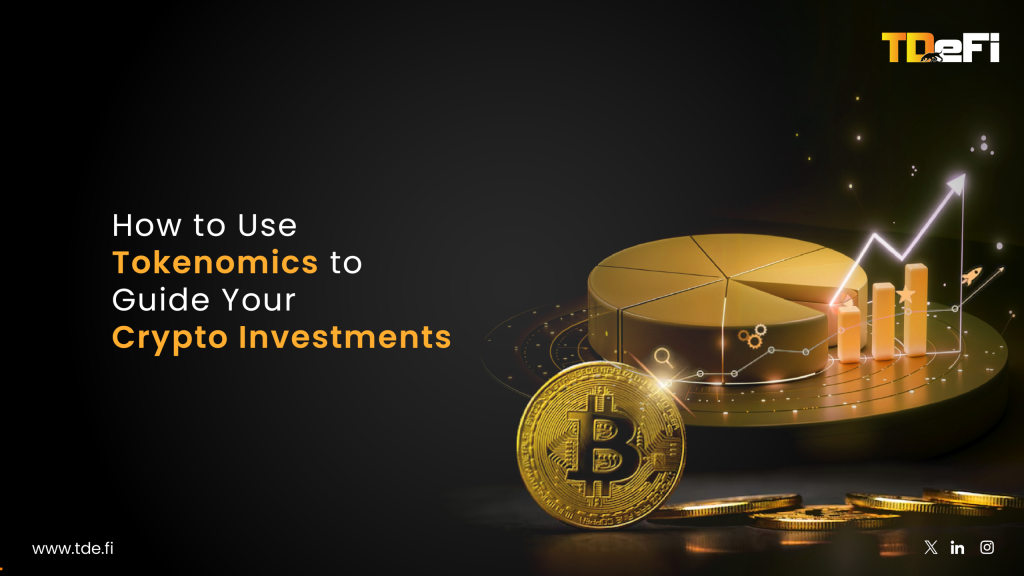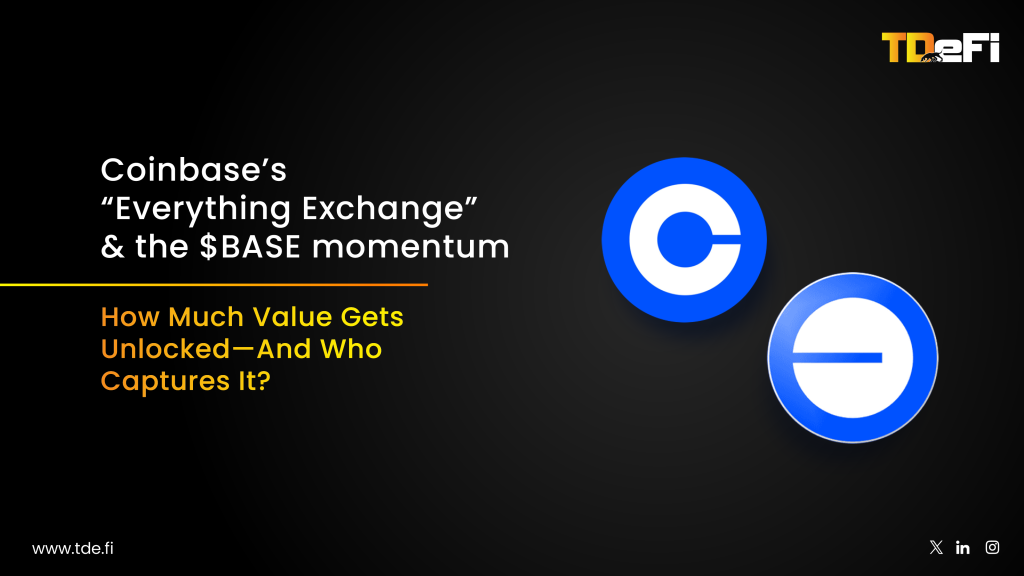Total Value Locked (TVL) is a vital metric in the crypto and DeFi ecosystem, representing the total amount of funds locked or committed to decentralized apps (dApps), smart contracts, and other blockchain-based protocols. TVL is a critical indicator of the growth and adoption of DeFi platforms, as it reflects the trust users have in these systems and their willingness to engage with them.
How TVL is Calculated
Calculating TVL involves aggregating the value of assets locked in various DeFi protocols.
Identify the assets: List all the assets locked in DeFi protocols, such as stablecoins (e.g., DAI, USDC), native tokens (e.g., ETH, BTC), and other cryptocurrencies.
Determine the quantity: For each asset, find out how many units are locked in the protocols (e.g., 10,000 DAI, 5 BTC).
Calculate the value: Multiply the quantity of each asset by its current market price to determine its value.
Sum up the values: Add the values of all the assets to obtain the total value locked (TVL).
Simply, TVL measures the aggregate value of all cryptoassets locked in a protocol’s smart contracts. Formally:
- Q_i: quantity of asset i locked (e.g., 10 000 DAI)
- P_i: current market price of asset i in USD (e.g., $1 per DAI)
- n: number of distinct assets locked
For instance, if a protocol holds 5 000 ETH at $3 000 each and 2 000 000 USDC at $1 each, then:
TVL = (5,000 X 3,000) + (2,000,000 X 3,000) = $17,000,000
Factors Influencing TVL
TVL is directly influenced by several metrics and factors, as identified through recent analyses:
Asset Deposits and Withdrawals: The core driver of TVL is the volume of assets users lock into the protocol. More deposits increase TVL, while withdrawals decrease it, as highlighted in Why TVL Matters in DeFi.
Market Value of Locked Assets: Since TVL is valued in USD, fluctuations in the market prices of locked assets, such as cryptocurrencies, directly impact TVL. For example, if the price of a locked token rises, TVL increases, and vice versa.
Here’s an example of the ethereum chain, we can clearly see that the TVL closely follows the Eth token price chart (the yellow line).
Liquidity: Higher liquidity in a protocol’s pools encourages users to lock assets, boosting TVL.
As traders swap in and out of positions, DEX volume surges—liquidity providers respond by locking more collateral (raising TVL).
Here’s an example for the Hyper Liquid where we can see the correlation between the TVL and the DEXs Volume.
Staking Rewards and Yield Farming Opportunities: Protocols offering attractive staking rewards or yield farming programs incentivize users to lock assets, driving up TVL. This positive feedback loop is mentioned in the same source, noting how rewards distribution based on locked value encourages further locking.
Here’s one more example, the zksync era TVL also see’s a 50% (the blue graph) drop in Jan 2025, we can also see how the Dex volume got shorted out. The main reasons for this plunge is End of the Initial Airdrop Claim Period & Strategic Pivot to the “Elastic Network”, zkSync’s team publicly shifted focus toward building out its Elastic Network (Layer-3 interoperability, decentralized sequencing) rather than short-term DeFi incentives
Historical Correlations of TVL
1. Asset Price Movements
- Ethereum’s TVL peaked at 21.8 million ETH on Feb 11, 2025—an 11% rise coinciding with ETH’s rally from $1 500 to $2 500, reinforcing a tight coupling between TVL and native token price .
- Year-to-date, Ethereum’s TVL drop of 21.6% tracked closely with a similar decline in ETH-USD price, highlighting strong correlation .
2. Interest Rate Environments
- Event-study regressions reveal that unexpected Fed rate hikes (e.g., post-December 2021 FOMC) led to statistically significant contractions in digital asset TVL (p < 0.05), as borrowing costs rose and collateral value fell .
3. Community Engagement & Network Activity
- On-chain metrics such as daily active addresses on Ethereum correlate with TVL growth: five-day rolling inflows averaged $80 million when active addresses topped 400 000, versus $30 million when below 200 000 .
- Protocols that invest in developer grants, governance education, and transparent roadmaps typically see 20–30% faster TVL growth in their first year.
What TVL Can Tell Investors
TVL became a critical metric in cryptocurrency because it gave investors a measuring stick to help define the risks and potential benefits of investing in a particular DeFi platform. If a platform has a large amount of assets locked on its network, it gives the impression that it is a secure platform trusted by crypto investors.
TVL will only provide a snapshot of the total value of assets that are locked in a platform; it doesn’t highlight activity levels. If a platform has a high TVL but low user-activity levels, this may mean that a small number of investors account for the TVL on that platform—generally, this is a red flag and would require more investigation.





